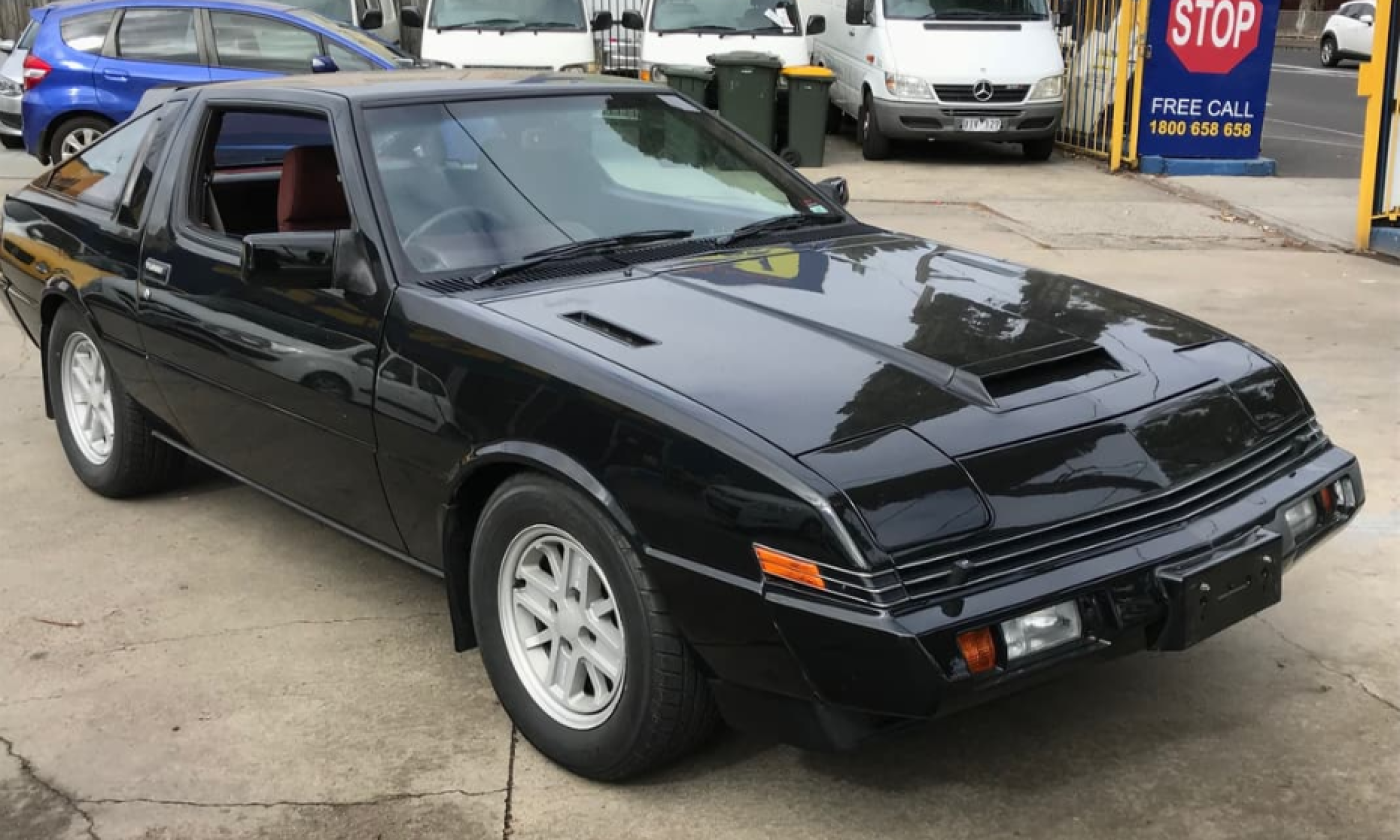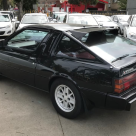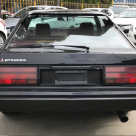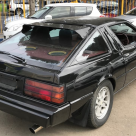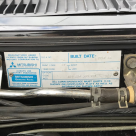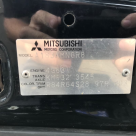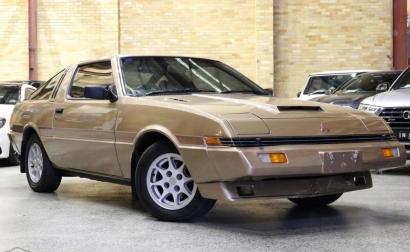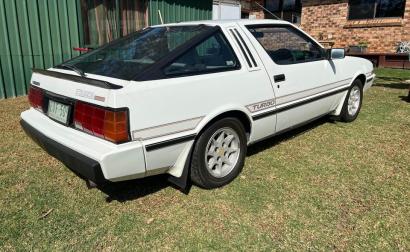 conquest oem front rh right knuckle strut hub assy
conquest oem front rh right knuckle strut hub assy
1984 Mitsubishi Starion Turbo
Specifications
Vehicle location
Australia , VIC , Sk Kilda
A very well preserved example of the Australian JB Starion Turbo. WIth only 167,000km, this makes for a great club car. However, at the time of offering (July 2018), this example was asking $55,000 - a huge amount, certainly the highest we've seen asking for a Starion.
At the time of sale, the seller gave a comprehensive description of the Australian Starion: Features 5 speed manual transmission, power windows, icy cold air conditioning, power steering, turbo timer plus a big sound system with subs and amps. Internationally, Mitsubishi’s Starion was produced from 1982 to 1989. It was notable for a number of firsts among Japanese automobiles, including its status as one of the first cars in the genre of turbocharged performance vehicles, practically launching an era of turbo cars. In addition, it was the first of its kind to feature electronic fuel injection (EFI), and it was also a major contender in the 80s motorsports scene, both in Japan and Australia. The car belonged to a class of Japanese vehicles called the “Grand Tourer”, a designation for luxury vehicles that provide the utmost in comfort while making long-distance journeys. The Mitsubishi Starion was highly successful because of a combination of style and performance. It was designed from the ground up to be a race car, which influenced both its attractive visual appeal and the inclusion of a high-tech, electronic fuel injected engine. In Australia, the Mitsubishi Starion saw production from 1982 to 1987 across three models, the JA, JB, and JD. Each year, the Starion was updated with increasingly powerful engines and body enhancements. One major event in the history of the Mitsubishi Starion was its abrupt change to lower-octane unleaded petrol in 1986, which resulted in a significant drop in performance that coincided with an increase in competition from other turbo cars. Ultimately, the Mitubishi Starion shone like a brief star and then went out. Despite great motorsports performance, it never quite got the attention of other Australian motorsports vehicles. Still, as a collector’s item and a powerful car, it has tremendous merit. Without a doubt, the most attractive aspect of the Mitsubishi Starion was its performance. Even as a mere 2-litre engine car, the original leaded JA and JB Starion models could accelerate to 100km/h in just 8.9 seconds. The first two models, from 1982 through 1985, featured a 4-cylinder TC06 turbo engine with power of 125kW at 5500rpm, plus peak torque of 245Nm at 2500rpm. Each model of the Mitsubishi Starion came standard with a 2.0-litre, 4-cylinder TC06 engine with a 5-speed manual transmission and electronic fuel injection. It also came with rear wheel drive, and many came standard with a limited slip differential and single-channel ABS for the rear wheels. Unlike many cars, the Mitsubishi Starion was also a prime target for modification. That means anyone today who’s looking for a Mitsubishi Starion is likely to come across a whole range of modded parts in many used Starions, including the engine, the intercooler, the paint, and the body. Those interested in extreme power might opt for a Dash version of the Sirius engine, which you can find second-hand from Japanese importers, or the Galant VR4 head. It would be wise for anyone doing some serious shopping to know a thing or two about car parts in order to ensure a fair price.
